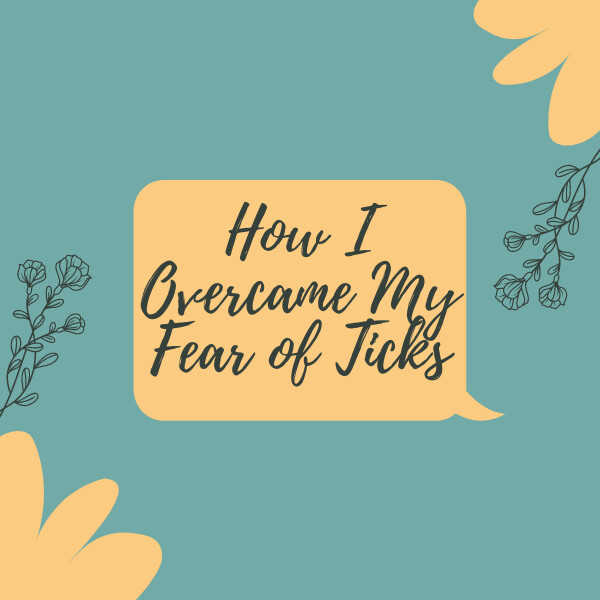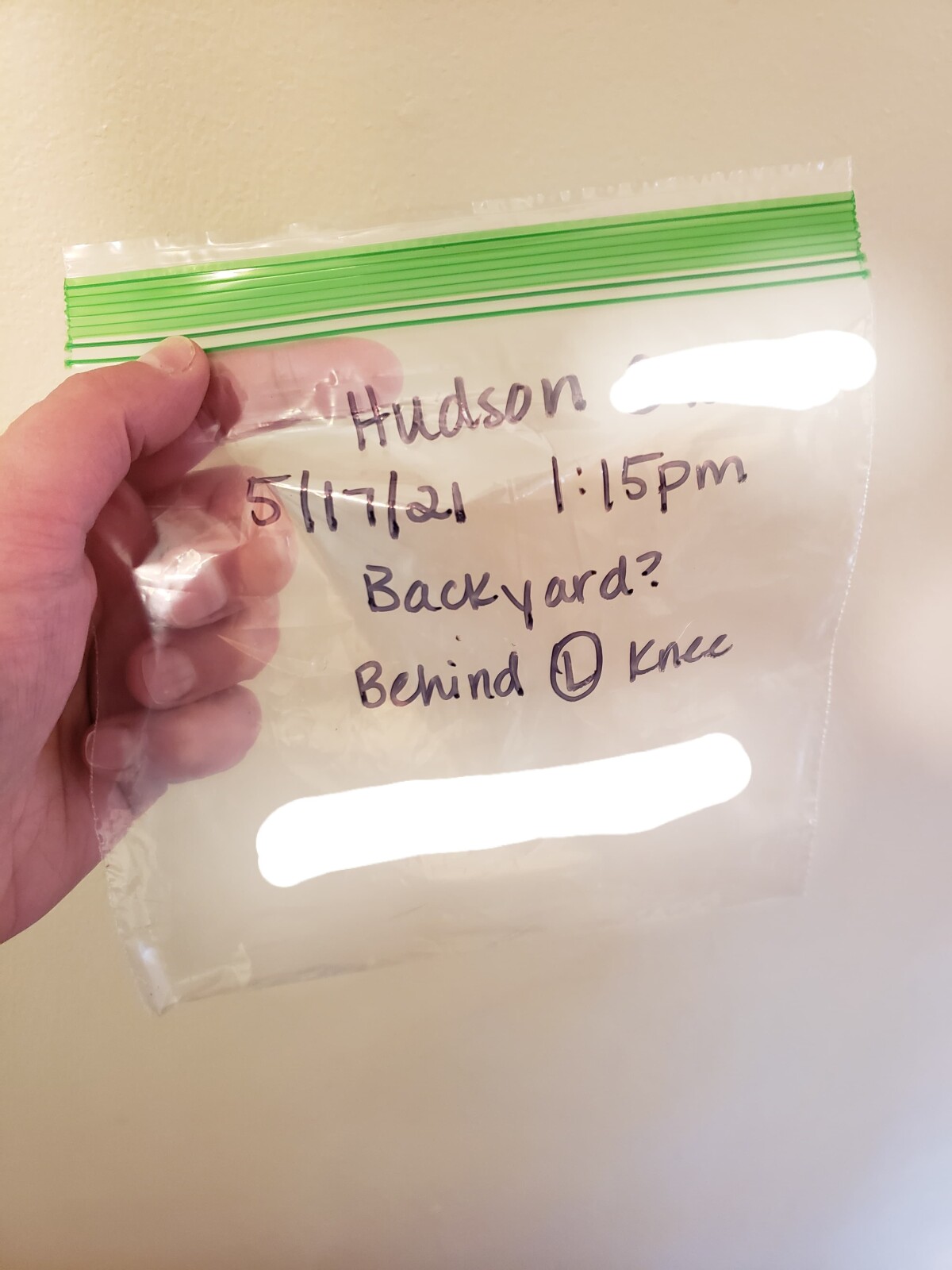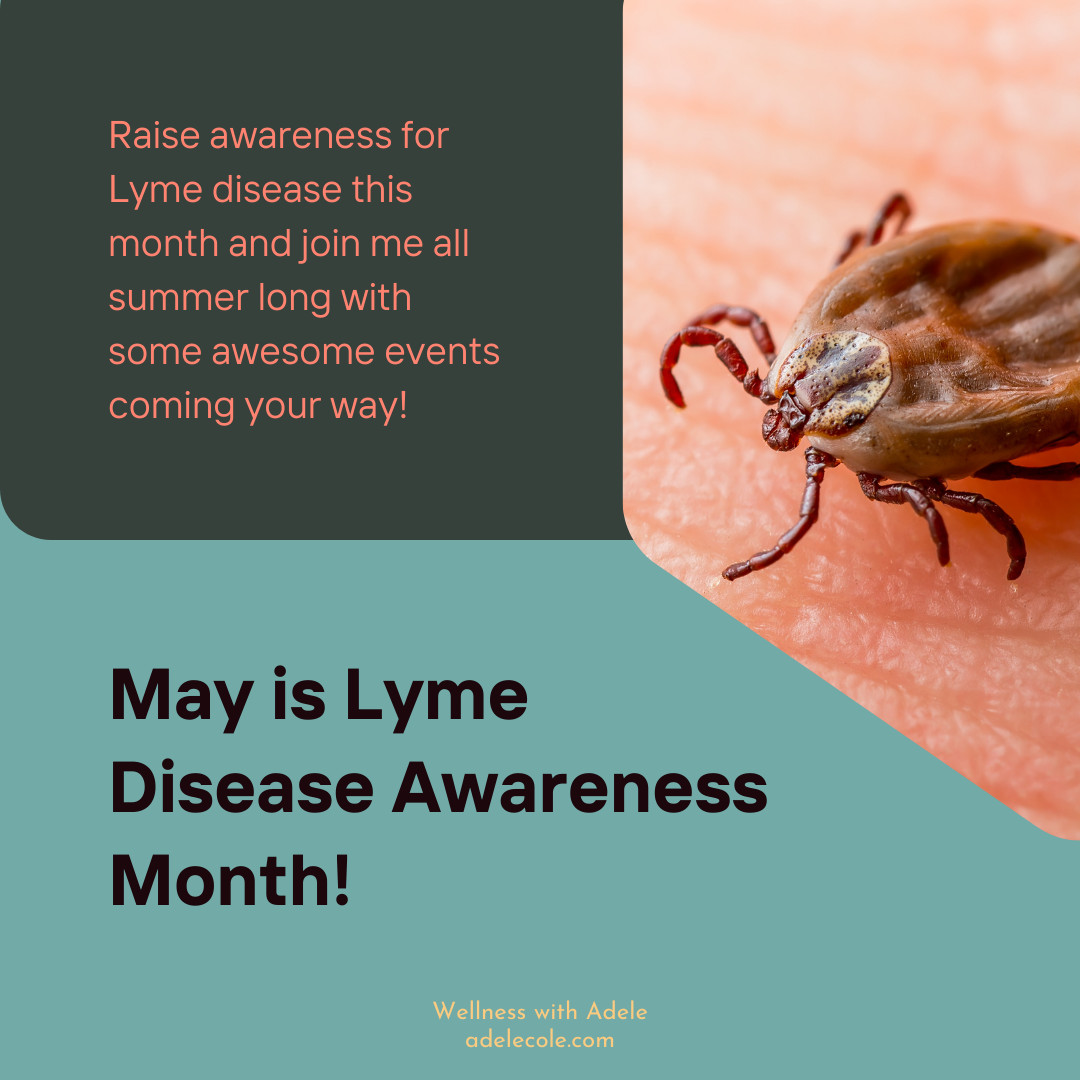


I recently had my latest follow up appointment with my Lyme Literate Nurse Practitioner, and you can read on to find out the latest updates from that meeting, including:
1. How I've been feeling
2. Labwork updates
3. New supplements we're adding on
4. What’s next for me
Read more...

So you found a creepy crawling tick crawling on you...or worse - latched on you or a loved one.
EEP!
All this Lyme and co-infections talk, it’s EASY to be creeped out and down right panicky.
No need! Let’s combat the panic with action steps you can take, both for tick prevention AND removal.
Firstly, preventing ticks CAN be done very effectively in a natural, nontoxic manner. Remember, using harmful chemicals/toxins to keep ticks off can also work, BUT comes at a cost. A precious cost to your health.
Chemicals like DEET and permethrin are recommended for tick prevention, but are known to cause skin irritation, headaches, dizziness, breathing problems, and seizures, to name a few side effects. I, personally, had an allergic reaction to permethrin, so it’s not even an option for me to be using.
These chemicals are also DEADLY to aquatic animals and other, “helpful” bugs, such as bees. Essentially, DEET and permethrin are poison...poisoning YOU too when you are using them on or even just around you.
So what are you to do for tick prevention then? Well I’ve explored the world of natural options and compiled a helpful list HERE of some of my FAVORITE products for tick prevention...and it even includes exactly what you need should you sadly have to deal with a tick bite (hint: the tools you need are SO basic and simple!).
Say you DO get a bite. The sooner you get a tick off of you, the better, so here are some tips to keep your cool and excel at tick removal right from the start!
Firstly, DO NOT use anything on the tick to try to get it to “come off” of you other than TWEEZERS. Oils, rubbing alcohol, petroleum products, and other “irritants” to a tick can actually cause it to regurgitate MORE saliva into you, and consequently can worsen your chance of infectious transmission. No bueno!
Instead, all you need is a pair of good tweezers. You want to firmly grasp the tick as close to the skin as possible, trying to get the whole head, and firmly pull it out in the same direction it attached itself. Do not twist or jerk. Just pull firmly and steadily.
Ideally, you want to remove the whole head and all mouth parts. There are times that is harder to do than it looks. In that case having a pointy pair of tweezers can be helpful to grab anything that may remain behind.
Then, it is a good idea to clean the area with non-toxic soap and water, and maybe even a little rubbing alcohol. We also add some of our favorite healing essential oils around the bite site - Frankincense and Ledum are favorites!
That’s it! Bye, tick!
At this point, we send our discovered ticks in for testing in order to report them and also check them for some of the more common tick-borne diseases. If you’d like to do this as well, check the ILADS.org website or Google for a list of tick test sites in your area.
If you found this helpful, or if you are impacted by Lyme disease or other chronic illnesses, you may also like my community group over on Facebook.
**Disclaimer: I am not a medical professional here to diagnose, treat, cure, or otherwise influence your medical journey outside of the guidance of a medical professional. I am simply sharing my own journey and what I have learned along the way. Please find a doctor you trust and discuss any medical concerns or treatments with them. Also, please know, as an Amazon Associate I earn from qualifying purchases through my site at no extra cost to you.












